Tooth Decay is the leading chronic disease in children — more common than asthma.
Each year, more than 16.5 million children don’t receive dental care.
That’s more than the populations of New York City, Los Angeles and Chicago combined.

Access to routine dental care should be a right, not a privilege.
We need more dental professionals, especially those who reflect the communities they serve.
The dental workforce also needs to expand, adding – dental therapists – to the dental team.
That way, all children and families can get high-quality, affordable dental care where they live.

Community Clinics

Mobile Dental Clinics

School-based Health Clinics

Tribal Clinics
Today, dental therapists are practicing in Alaska, Minnesota, Oregon and Washington.
Dental Therapy Across the U.S.
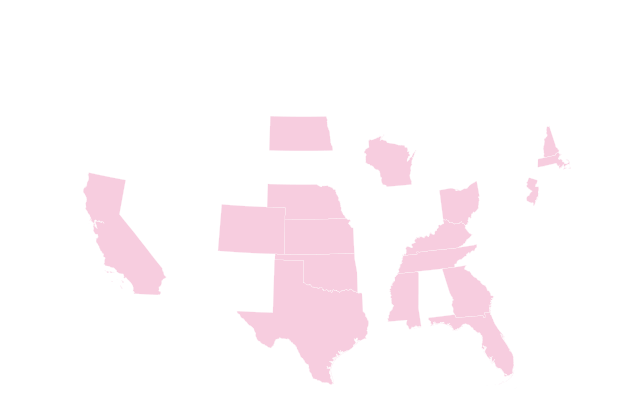


Dental therapists are authorized to practice in state and Tribal communities
Where dental therapy has been considered
Education programs, established and working toward establishment

Additionally, more than 50 countries allow dental therapists to provide routine preventive and restorative care.

Dental therapists provide safe, competent and appropriate care including cleanings, fillings and simple extractions under the general supervision of a dentist.
They provide safe and high-quality care, within a limited scope of dental services, freeing the dentist to do more advanced procedures for their patients, extending the reach of the dentist-led team.

Greater Access to Care
Dental therapists make it possible for millions more people to receive dental care.
That reduces pain, lost work and school days and life-threatening infections for many adults and children.
As more people receive dental care, health improves.
Recent studies show that children and adults had lower rates of tooth extractions and more preventive care in Alaska Native communities served frequently by dental therapists than residents in communities not receiving any services from dental therapists.

Cost Savings
Dental therapists have made it possible for clinics to decrease travel time and wait times for some patients, increasing access to dental care.
Savings from the lower costs of dental therapists are making it possible for clinics to expand capacity to see public program and underserved patients.
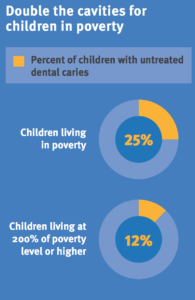 In Gallup, New Mexico, a 15-year-old Native American boy fell into a permanent coma after a preventable dental emergency went wrong.
In Gallup, New Mexico, a 15-year-old Native American boy fell into a permanent coma after a preventable dental emergency went wrong.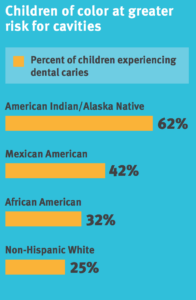 In Maryland, a young boy with a bright smile died from an infection caused by untreated tooth decay. These stories are not uncommon.
In Maryland, a young boy with a bright smile died from an infection caused by untreated tooth decay. These stories are not uncommon.





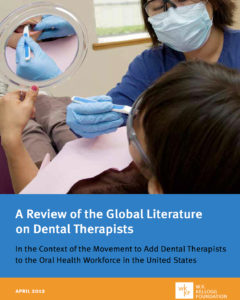
 More children and adults who received preventive care
More children and adults who received preventive care